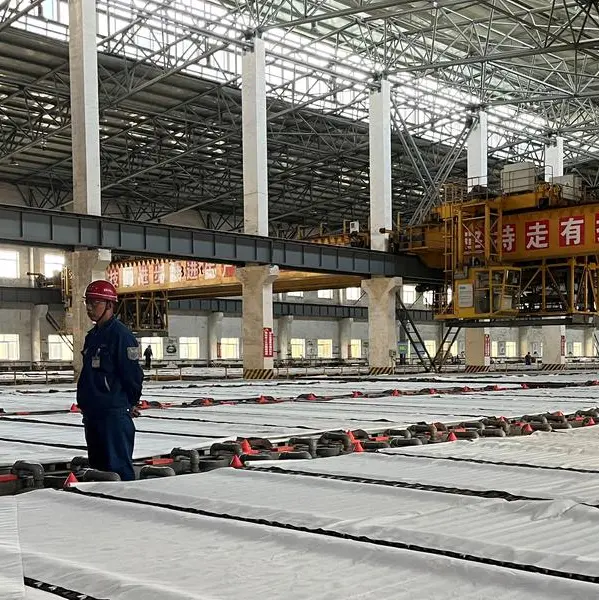In my previous life as a marketing executive I was often involved in conversations revolving around what customers value and what is important to them. The discussion would invariably bring up dimensions such as speed, price, staff friendliness and location attractiveness, among other talking points.
We would brainstorm internally and occasionally map out customers’ journeys to demonstrate what they valued. And very often, we would invest a lot of attention to store locations – how they appeared, colours, furniture and layout, with the assumption that this was a factor of primary importance to all of our clients.
I remember sitting in countless meetings debating the colour of carpeting, the shade of wood, the type of signage and where signs should be placed.
We would pore over hefty engineering and architecture budgets for refurbishments - spending generous amounts of money on the cosmetic. And this pattern, I know, is still repeating itself in many companies as they compete to outdo themselves on the best stores, restaurants, gyms and bank branches. But countless market research studies flip common assumptions upside down.


Cross-industry customer satisfaction studies such as those run by Service Hero show that year-after-year, what matters most to customers is the reliability of the service offering, followed by the quality of the product or service.
In other words, if we are able to raise our accuracy, consistency and trustworthiness, this will positively and significantly impact customer satisfaction.
And what about location? It actually plays no role in overall customer satisfaction and has not done so for many years. The attractive or convenience of a location is important to a customer’s decision to select a brand, but for overall satisfaction, it plays no role.
It would be better for companies to invest efforts in ensuring their teams are well-trained on all procedures and processes to avoid a lack of consistency and also to ensure that customer-facing staff are empowered and prepared to resolve any errors immediately in a way that satisfy them. Otherwise, no matter how attractive a location is, if service is unreliable and product quality is shoddy, it won’t make a difference to customer loyalty.
In short, the colour of the carpets or the shade of the wood is not what customers value, it is the consistency in the levels of service excellence. This is achieved by a deep-rooted desire to create value for customers and in turn to win their loyalty.
Any opinions expressed here are the author’s own.
Disclaimer: This article is provided for informational purposes only. The content does not provide tax, legal or investment advice or opinion regarding the suitability, value or profitability of any particular security, portfolio or investment strategy. Read our full disclaimer policy here.























